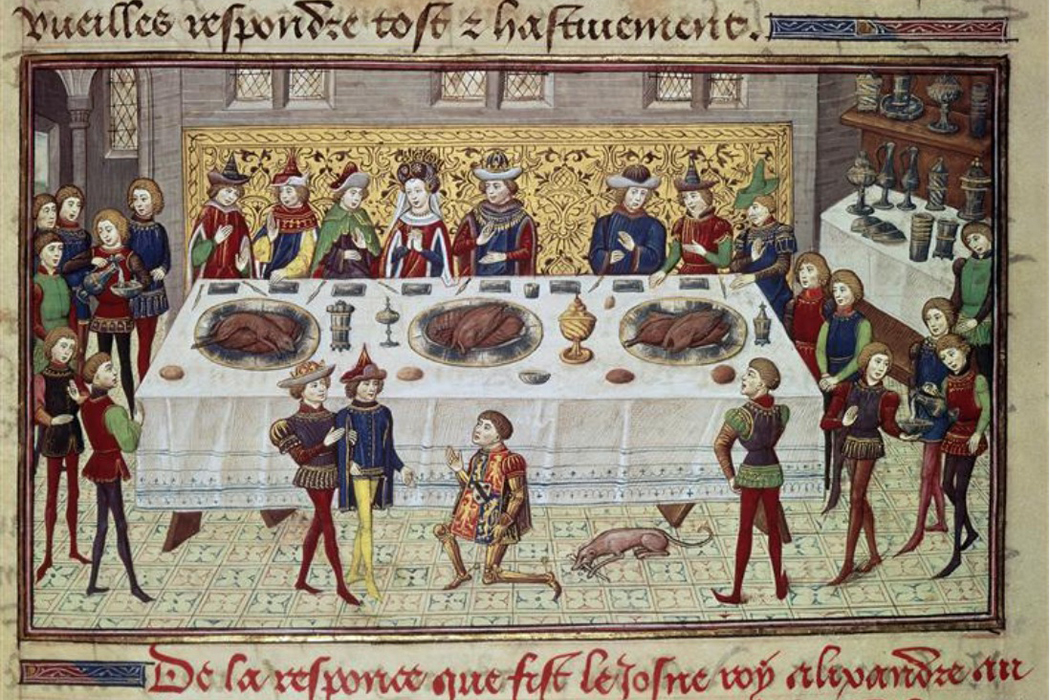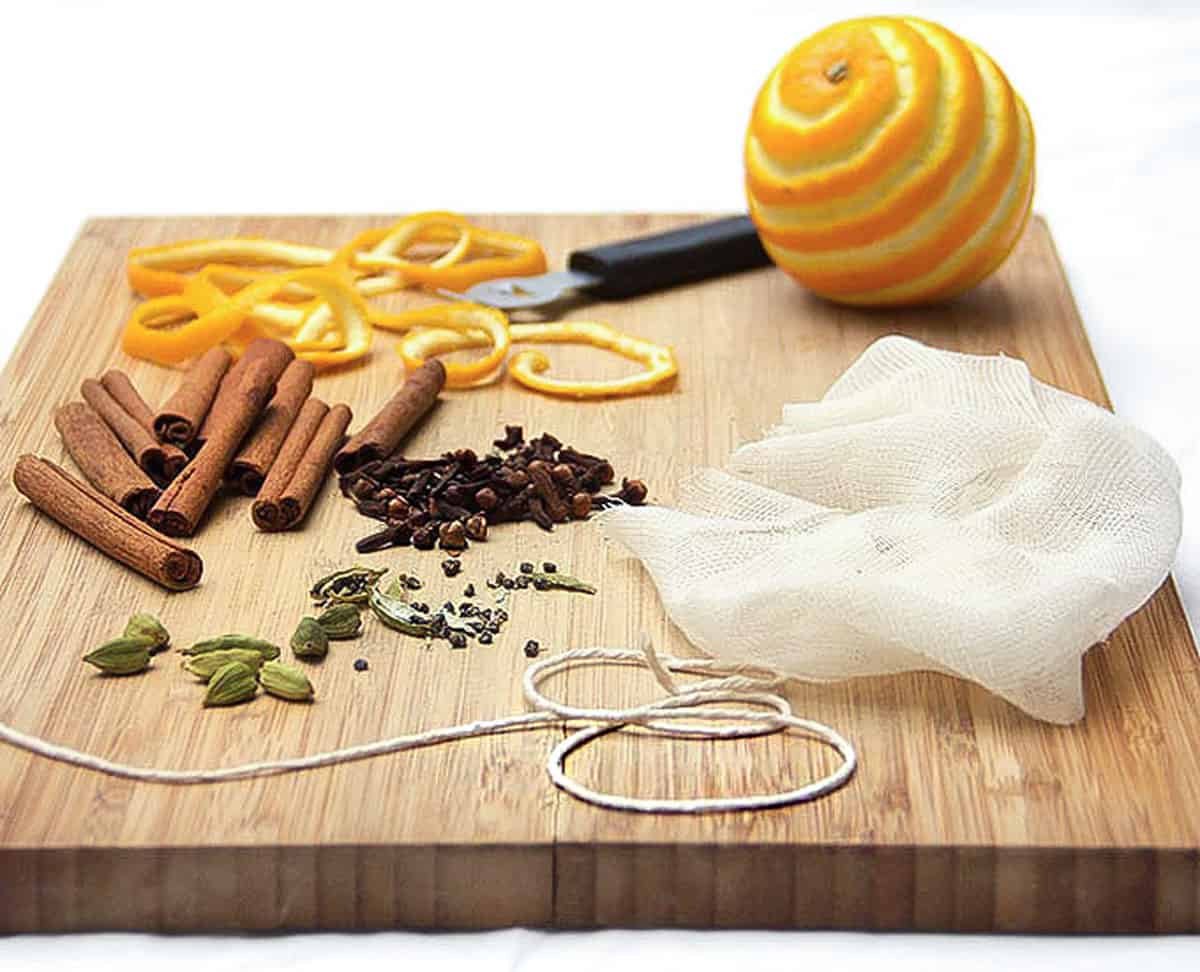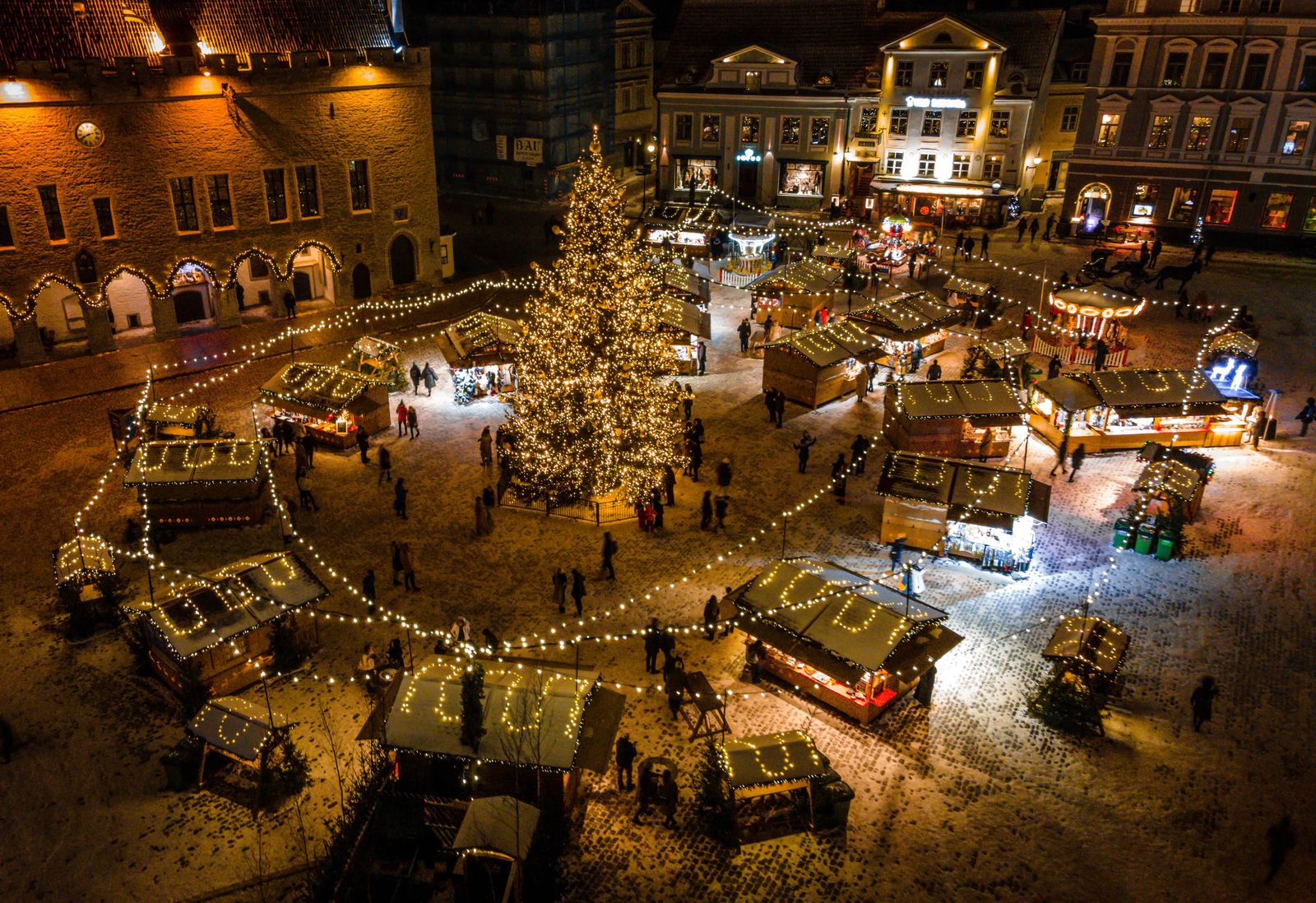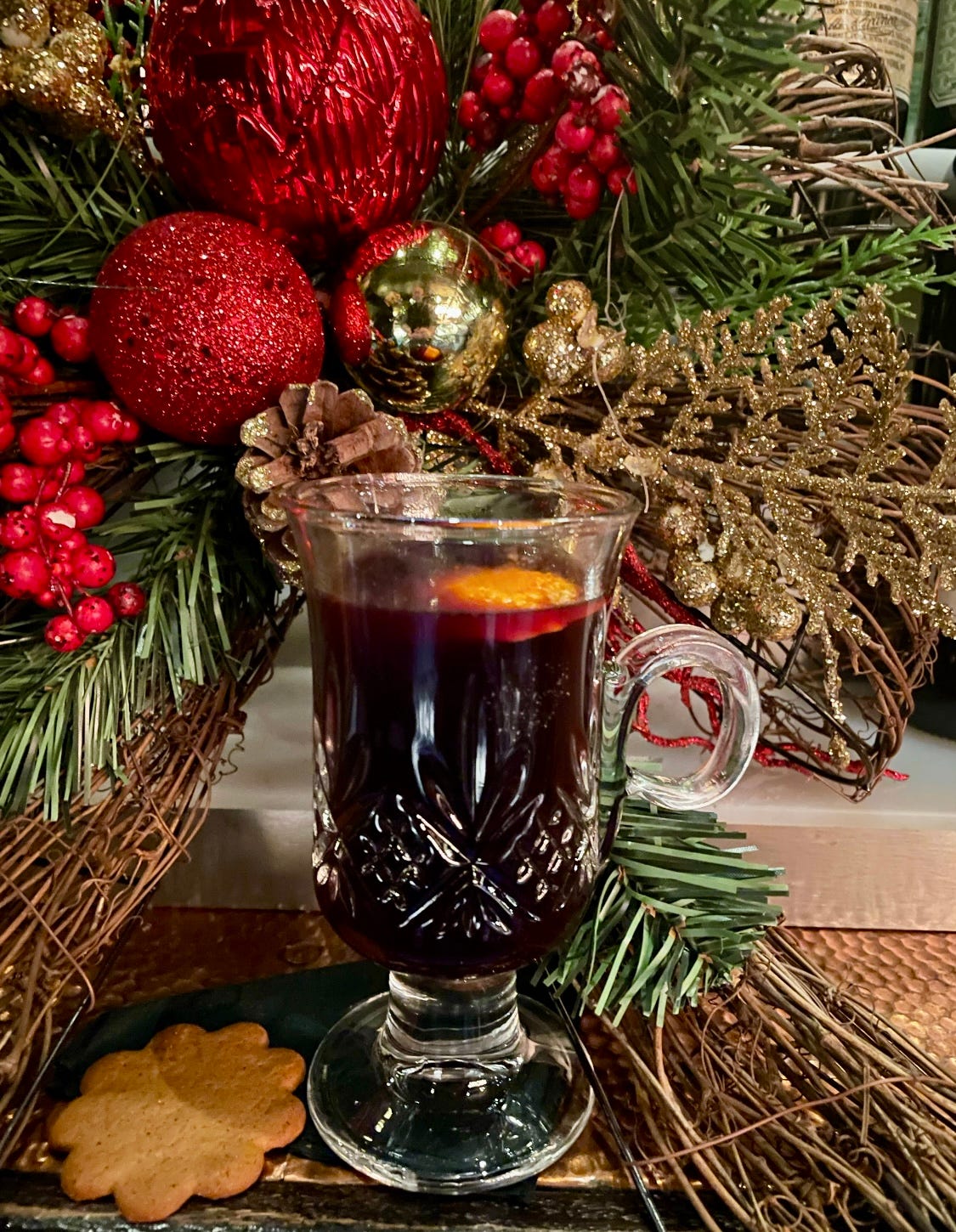Nordic Glogg Tea: Spiced Winter Warmer Beyond Scandinavia
What is Nordic Glogg? A Winter Tradition
Nordic Glogg, often spelled as Glögg, is a traditional mulled wine or spiced wine beverage popular in Nordic countries, particularly during the Christmas season. It's more than just a drink; it's a cultural experience, deeply intertwined with festive celebrations and cozy winter gatherings. The word "Glögg" originates from the Swedish word "glödga," which means to mull or heat. This hints at the drink's preparation method, where wine is heated and infused with various spices.
The exact ingredients can vary from family to family and region to region, but the base typically includes red wine, sugar, and a blend of spices such as cinnamon, cloves, cardamom, and ginger. Orange peel and raisins are also common additions, contributing to the drink's complex flavor profile. Some recipes call for the inclusion of spirits like brandy, vodka, or aquavit to boost the alcoholic content and add another layer of warmth.
Glogg is traditionally served hot, often in small mugs or glasses, and is frequently accompanied by gingerbread cookies or other festive treats. The warmth and aromatic spices of Glogg make it the perfect antidote to the cold Nordic winters, creating a sense of hygge – a Danish and Norwegian word for a mood of coziness and comfortable conviviality with feelings of wellness and contentment.

The History of Glogg: From Ancient Wine to Modern Tradition
The history of Glogg can be traced back to ancient times when spiced wine was consumed for its medicinal properties. The Romans, known for their love of wine, are believed to have been among the first to heat and spice wine, a practice that spread throughout their empire. As the tradition moved northward into Europe, different regions adapted the recipe to suit their local tastes and available ingredients.
In Scandinavia, spiced wine evolved into what we now know as Glogg. During the Middle Ages, it was common to spice wine to preserve it and improve its flavor. By the 16th century, Glogg was a popular drink among the Swedish aristocracy, who enjoyed it as a warming beverage during the long, cold winters. Over time, the drink became more accessible to the general population and evolved into a Christmas tradition.
The modern version of Glogg, with its characteristic blend of spices and often fortified with spirits, emerged in the 19th century. The advent of commercial Christmas celebrations further cemented Glogg's place as a staple of the holiday season. Today, Glogg is enjoyed throughout Scandinavia and beyond, with each country and even each family having their own unique recipe and traditions surrounding the drink.

Key Ingredients and Variations of Glogg
While the basic recipe for Glogg remains consistent, the specific ingredients and their proportions can vary widely. Here's a breakdown of the key components and some common variations:
- Red Wine: The foundation of Glogg is typically a full-bodied red wine. Some recipes suggest using a lighter-bodied wine for a more delicate flavor.
- Spices: The spice blend is what gives Glogg its distinctive aroma and flavor. Common spices include cinnamon sticks, whole cloves, cardamom pods, and ginger. Some recipes also include star anise, nutmeg, and allspice.
- Sweetener: Sugar is used to sweeten the Glogg, but honey or other sweeteners can also be used. The amount of sweetener can be adjusted to taste.
- Citrus Peel: Orange and lemon peel add a bright, citrusy note to the Glogg.
- Raisins and Almonds: These are often added to the Glogg during the heating process and are served in the drink. They add texture and sweetness.
- Spirits: Many Glogg recipes call for the addition of spirits like brandy, vodka, or aquavit. These add warmth and complexity to the drink.
Variations of Glogg can include using white wine instead of red, adding different types of fruit, or experimenting with different spice combinations. Some modern recipes even incorporate ingredients like chili peppers for a spicy kick.

Glogg Beyond Scandinavia: A Global Embrace
While Glogg has deep roots in Scandinavian culture, its popularity has spread far beyond its Nordic origins. As people travel and cultures become more interconnected, Glogg has found its way into homes and holiday celebrations around the world. Its appeal lies in its comforting warmth, aromatic spices, and festive associations.
In many countries, Glogg is enjoyed as a festive alternative to mulled wine or other spiced beverages. It's often served at Christmas markets, holiday parties, and winter gatherings. The ease of making Glogg at home has also contributed to its global appeal, with countless recipes available online and in cookbooks.
The globalization of Glogg has also led to interesting adaptations and variations. In some regions, local ingredients and flavors are incorporated into the traditional recipe, creating unique and regionalized versions of the drink. This reflects the adaptability and enduring appeal of Glogg as a winter warmer.

How to Make Authentic Nordic Glogg at Home
Making Glogg at home is a relatively simple process that allows you to customize the recipe to your liking. Here's a basic recipe to get you started:
- Gather your ingredients: You'll need a bottle of red wine, spices (cinnamon sticks, cloves, cardamom pods, ginger), sugar, orange peel, raisins, almonds, and optionally, a spirit like brandy or vodka.
- Combine ingredients: In a large pot, combine the red wine, spices, sugar, and orange peel.
- Heat gently: Heat the mixture over low heat, being careful not to boil it. Simmer for at least 30 minutes to allow the flavors to meld.
- Add spirits (optional): If using, add the brandy or vodka to the pot.
- Strain and serve: Strain the Glogg to remove the spices and orange peel. Serve hot in mugs or glasses, with raisins and almonds in each serving.
Tips for making the best Glogg:
- Use high-quality red wine for the best flavor.
- Don't boil the Glogg, as this can cause the alcohol to evaporate and the flavors to become bitter.
- Adjust the amount of sugar to your liking.
- Experiment with different spices to create your own unique blend.
- Let the Glogg simmer for a longer time to allow the flavors to fully develop.

Serving and Enjoying Glogg: Traditions and Pairings
Glogg is traditionally served hot in small mugs or glasses. It's often accompanied by gingerbread cookies, pepparkakor (Swedish ginger snaps), or other festive treats. The warmth and spices of Glogg pair well with the sweetness and spice of these traditional accompaniments.
In Scandinavia, Glogg is often served during Advent, the period leading up to Christmas. It's a common sight at Christmas markets, holiday parties, and family gatherings. The act of sharing Glogg with loved ones is an important part of the holiday tradition.
Beyond the traditional pairings, Glogg can also be enjoyed with other foods. Its complex flavor profile pairs well with cheeses, nuts, and dried fruits. It can also be served as an after-dinner drink or as a warming beverage on a cold winter evening. No matter how you choose to enjoy it, Glogg is sure to bring warmth and cheer to your winter celebrations.

So, embrace the warmth and share the magic of Glogg tea with your loved ones this winter!
-Hot Water
Comments
Post a Comment